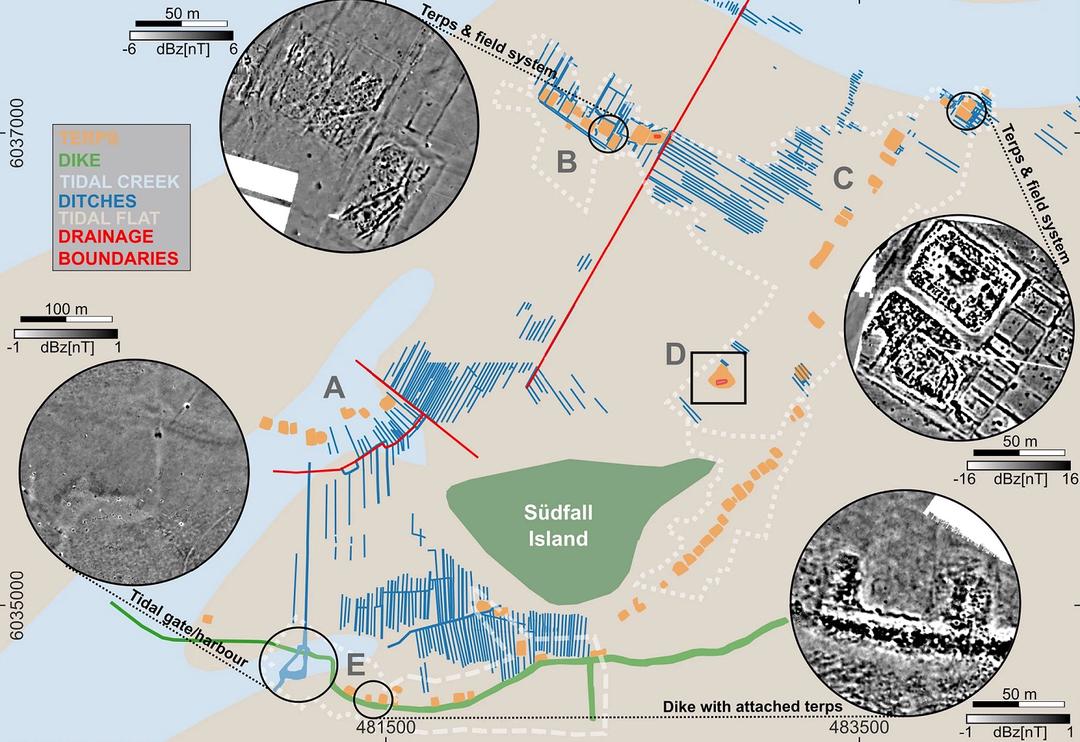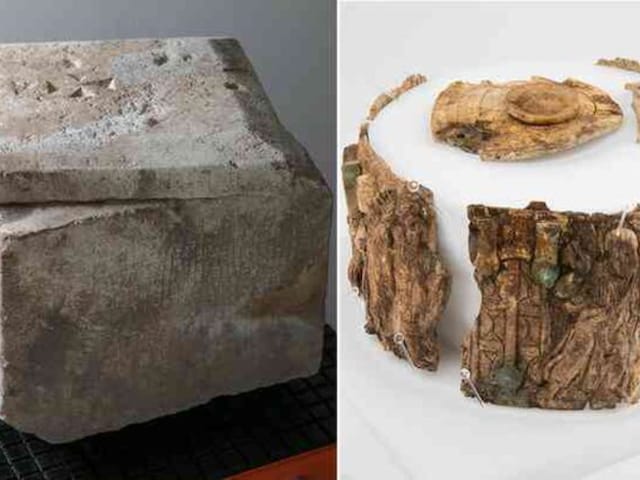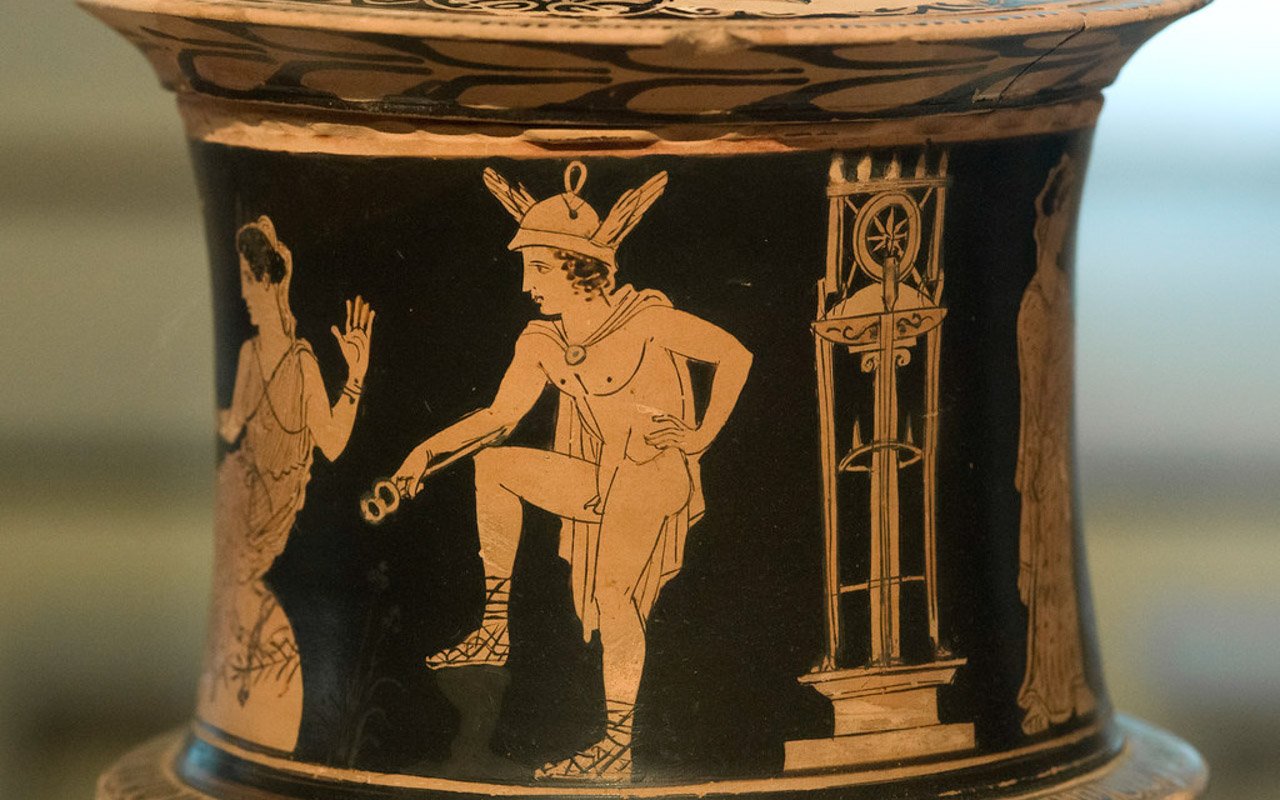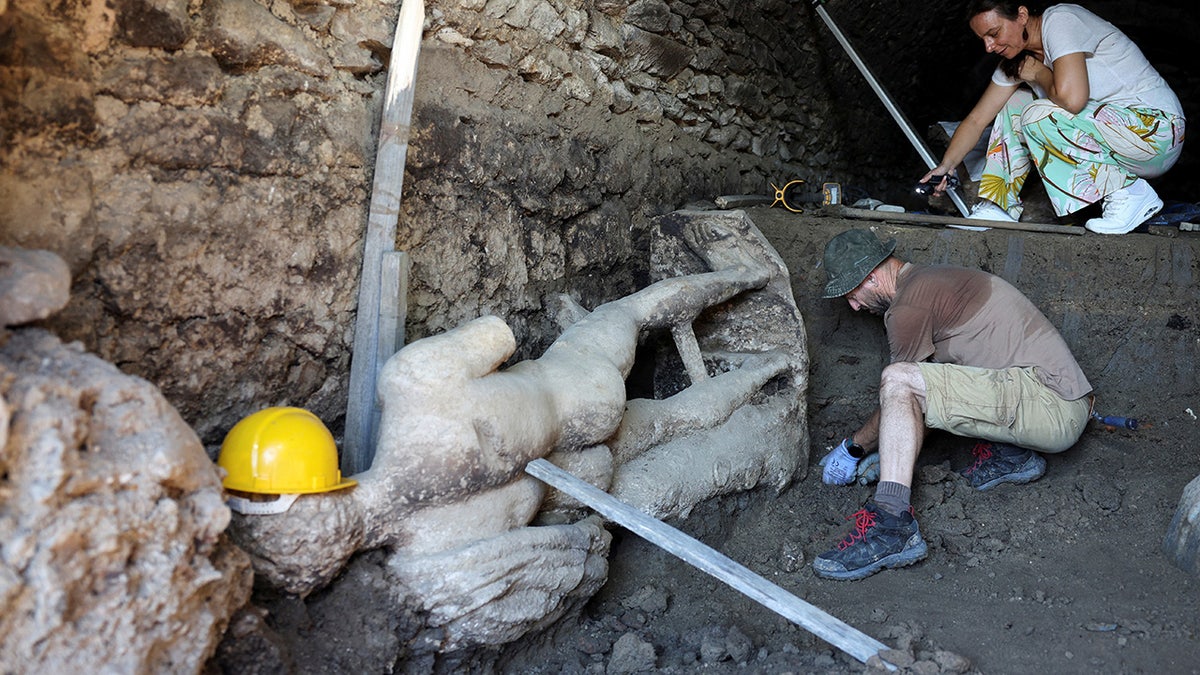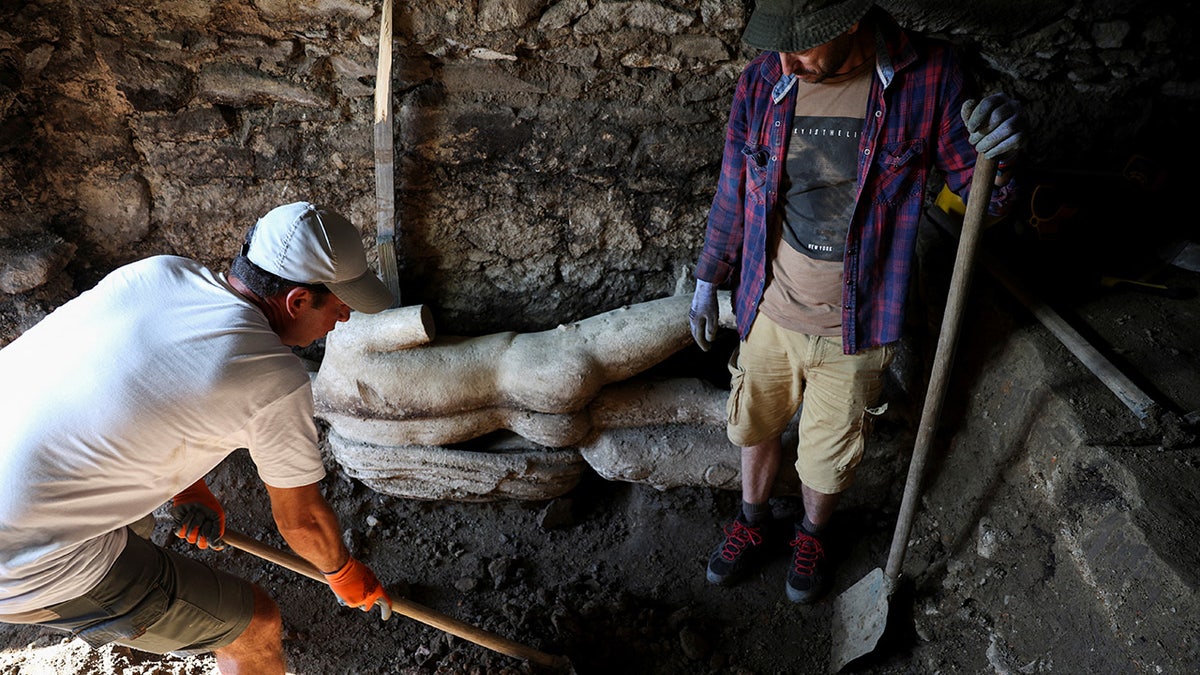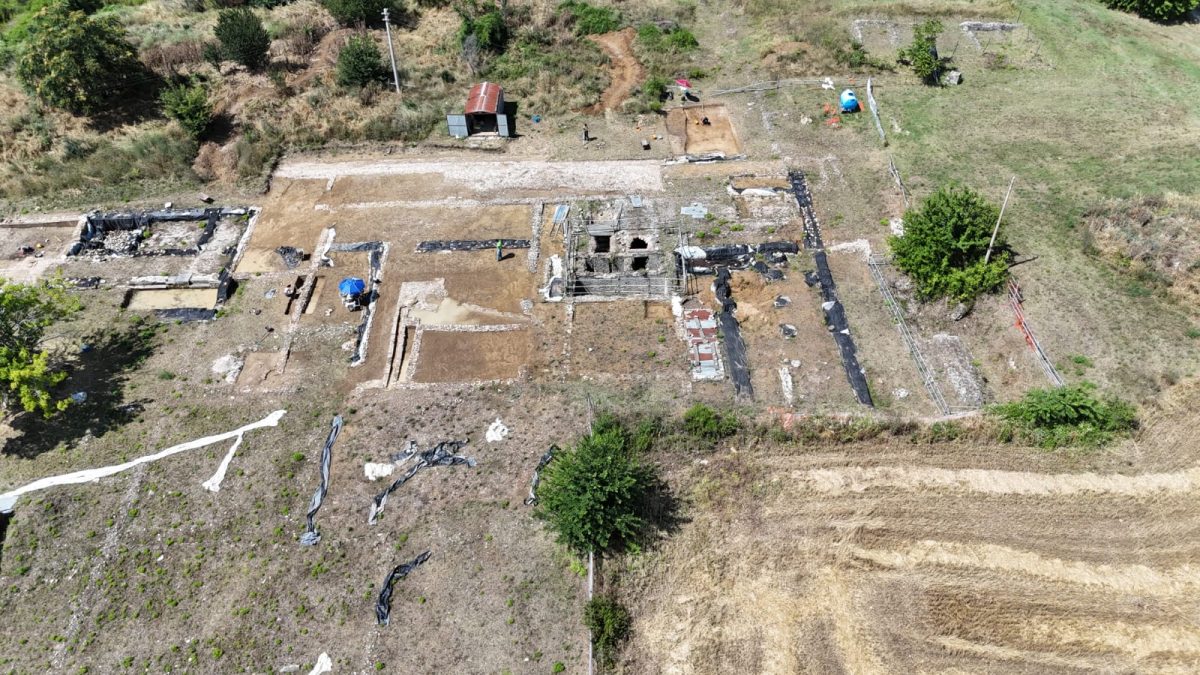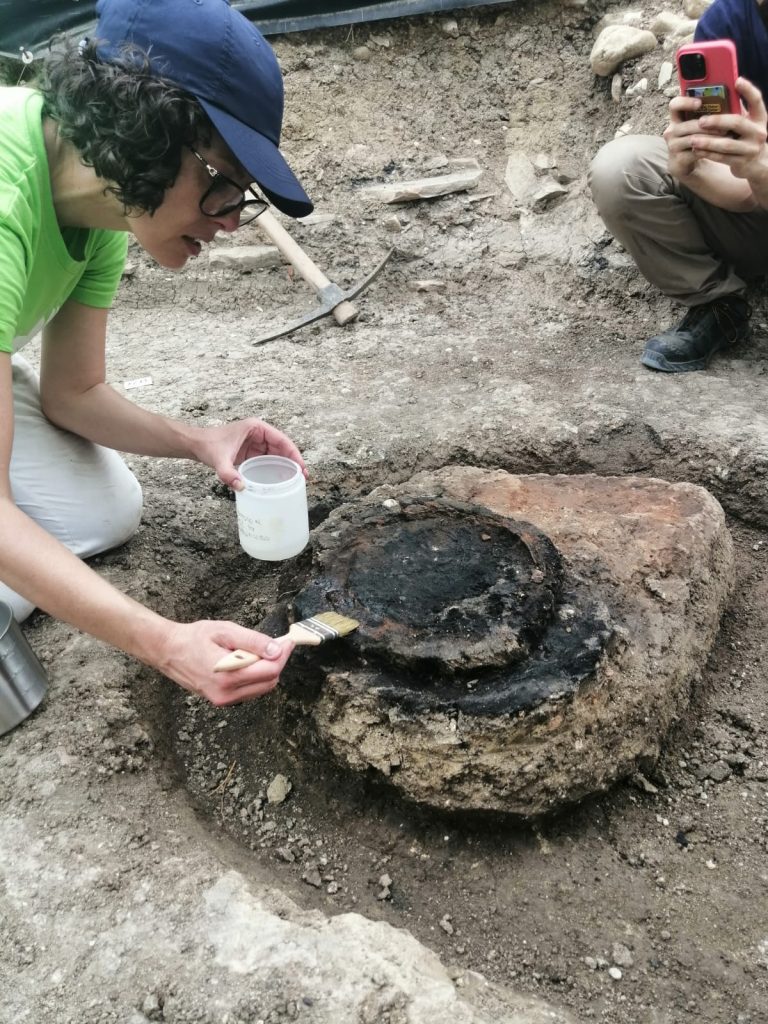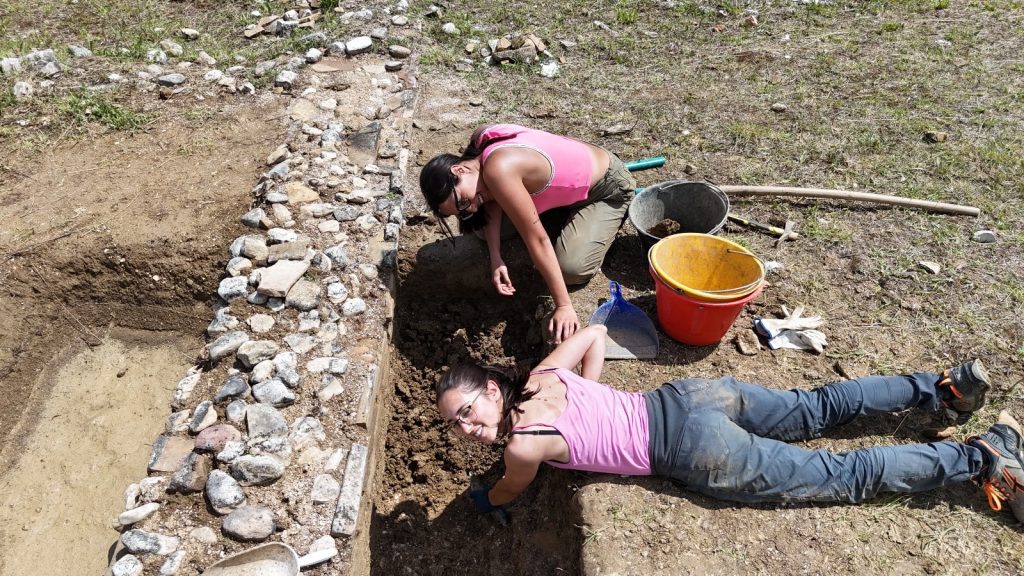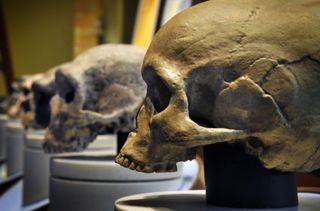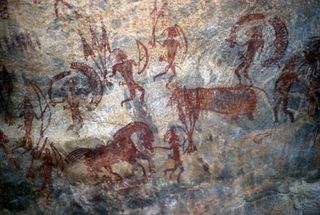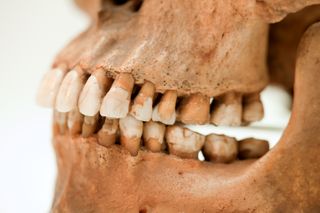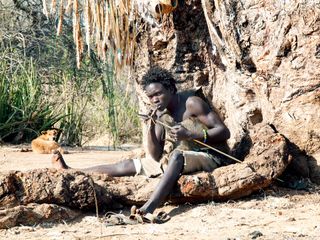ABC AUSTRALIA
They've been described as "ticking time bombs".
Several World War II shipwrecks in Australian waters, holding unknown quantities of oil and chemicals, have been deteriorating ever since they sank more than 80 years ago.
Some of them are close to popular tourist towns — and with their potential to leak toxic materials into sensitive marine areas, researchers are concerned about the potential to kill marine life and impact people's livelihoods.
"People have seen plastic bottles and ghost nets impacting the ocean, but these potentially polluting wrecks are what we call the biggest problem that people haven't heard of," says Matt Carter, a marine researcher with Major Projects Foundation, a conservation not-for-profit.
"Because of that, there just isn't the research behind it for us to understand the sheer impact."
World War II shipwrecks are scattered all around Australia but six have been identified as a serious environmental threat.(ABC News)
World War II shipwrecks are scattered all around Australia but six have been identified as a serious environmental threat.
They include three US-owned ships — the Lexington, Neosho, and Sims — which are sitting at the bottom of the Coral Sea Marine Park; a vessel called MV Limerick, just 18 kilometres east of Ballina in NSW; and two wrecks off Victoria's coast near Apollo Bay and Wilsons Promontory.
Dozens of wrecks have also been identified as a potential risk overseas in the Federated States of Micronesia, Solomon Islands, Marshall Islands and Papua New Guinea.
"These wrecks are changing, and in a five-year period you can visibly see the decay of these shipwrecks," Dr Carter says.
"It's not a matter of if, but when they will collapse."
Dr Matt Carter says the wrecks are "the biggest problem people haven't heard of".(Supplied: Major Projects Foundation)
There are concerns that these vessels are at risk of breaking up in the near future — and when that happens, it has the potential to be an "unmitigated disaster".
"The fuel is contained for the time being, but if that structure collapses and collapses on a large scale, then it will release all of the contaminants into the water immediately," says Dr James Hunter from the Australian National Maritime Museum.
"If they are close enough to shore then it will have a knock-on effect, not only for the marine eco-system, but for sea birds and animals that might feed on marine animals."
Heritage Conservation Solutions director Ian MacLeod says the sudden release of fuel could spell "the end of fish breeding stocks".
"That could be the end of grade one status on fish exports and people will lose their livelihoods," he says.
What's being done to alleviate the risk World War II wrecks pose?
The Major Projects Foundation has teamed up with subsea oil engineers, marine archaeologists, and historians to carry out research and field work to better understand which wrecks are a threat and need oil removed.
Some of the work involves trawling through historical records to determine how much oil was onboard each ship and how much was lost when it sank decades ago — but it's proving to be a challenging and lengthy process.
"A lot of these records are part records, or they were lost during the war so there's not necessarily complete information and some of the records are in Japanese," Dr Carter says.
"One of our researchers taught himself to read Japanese so that he could go through the Japanese World War II archives."
It is unclear exactly when the wrecks might break up because added stressors such as storms, cyclones, or the depth of water have the potential to speed up the corrosion process
Ian MacLeod is director of Heritage Conservation Solutions.(Supplied)
"One of the things that surprised people on the deep wrecks of Titanic and HMAS Sydney, is that even at a depth of around four kilometres you've got strong ocean currents bringing dissolved oxygen to the wreck," Dr MacLeod says.
"That is making it corrode faster... even deepening a fishing channel nearby can cause an increase of 10-15 per cent in the corrosion rate."
Other factors such as the disposition of the vessel on the sea floor can also have an impact.
"A ship that should have been corroding at a rate of what you would expect at 40 metres, if you turn it upside, it would be corroding as if it was in 25 metres of water," he says.
There is a solution, but it isn't cheap
Experts say the cost of removing oil from a potentially polluting wreck is far less than cleaning up a spill.(AP: Suhaimi Abdullah)
The Major Projects Foundation estimates it would cost at least $3 million to decontaminate a single wreck. However, that figure could rise if the vessel is in deeper or more remote waters.
But the good news is, work to identify, risk assess and ultimately remediate sunken vessels has been successfully carried out overseas.
"What that looks like is sending down divers to drill holes in the hull and pump the oil out where it can then be removed and disposed of in an environmentally-friendly way," Dr Carter says.
Experts say the cost of removing oil from a potentially polluting wreck is far less than cleaning up a spill, which could be between $20 - $30 million.
Dr James Hunter says its not too late to invest in fixing the problem.(Supplied: Heather Berry/Silentworld Foundation)
"It's small enough that if you throw enough money at it, and throw the right methods and ideas at it, then you can actually take care of it before it becomes a massive problem," Dr Hunter says.
"Unlike global climate change and these sorts of broader issues, this is one of those things you can control."
Who's responsible?
It has been difficult to ascertain exactly who is responsible or liable for these potentially polluting wrecks.
According to the Department of Climate Change, Energy, the Environment and Water, all shipwrecks and their associated relics that occurred 75 or more years ago are protected under the Underwater Cultural Heritage Act 2018, regardless of whether their precise location is known.
An untold amount of black, toxic oil is contained within the corroding wrecks of the sunken World War II ships.
In a statement, the Australian Maritime Safety Authority said it was not aware of any funding, or proposals for funding, to address such wrecks in Australian waters.
This lack of action has prompted calls for the government to respond before it's too late.
"There are ways of stopping this and it requires money and support from the federal government to be proactive in the management of these at-risk wrecks," Dr MacLeod says.
"Let's make history work for us and be smart and do the right thing."


